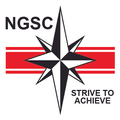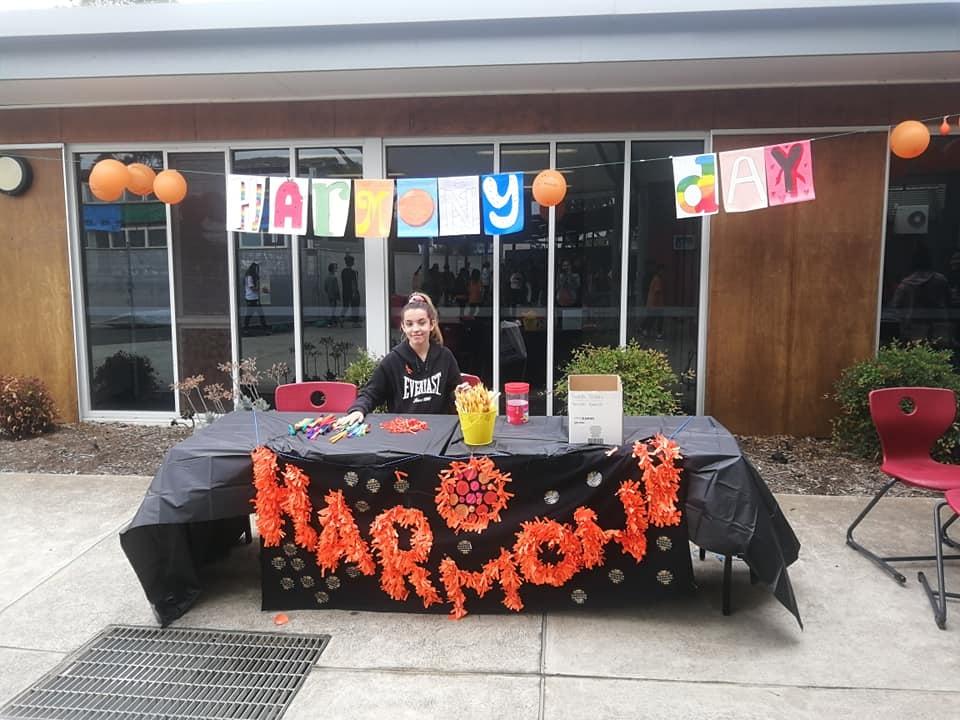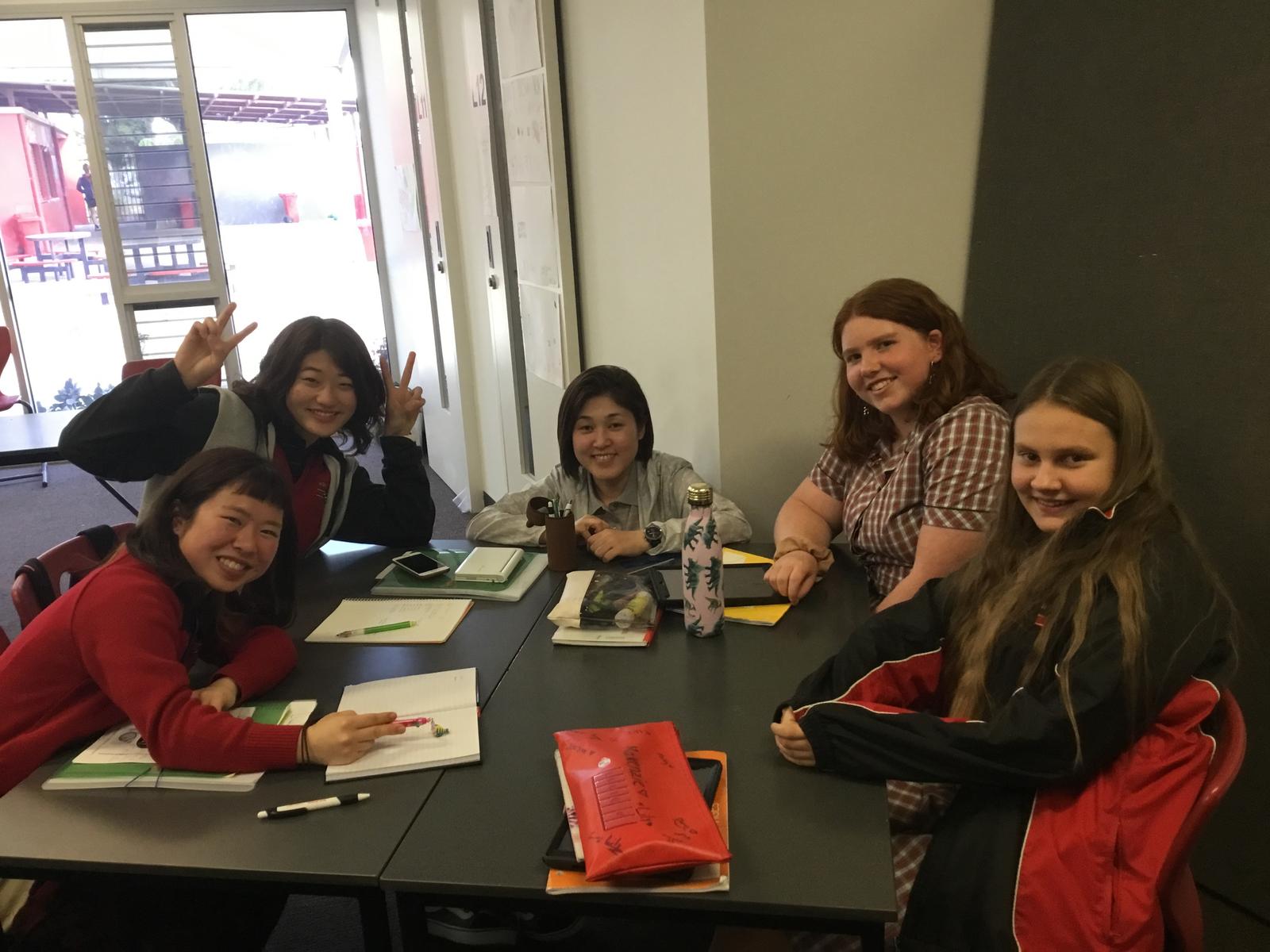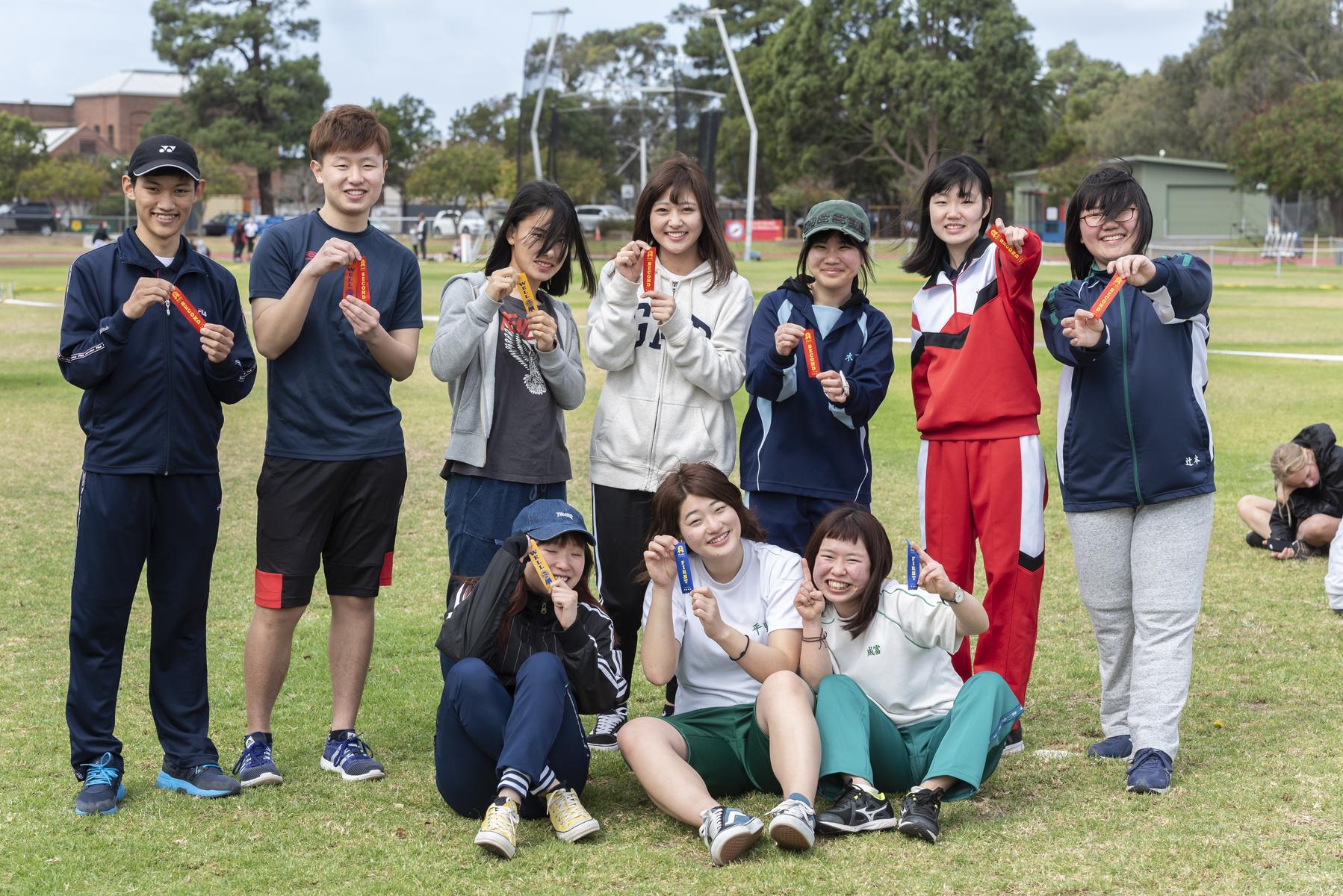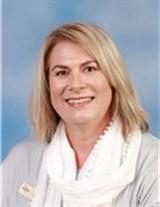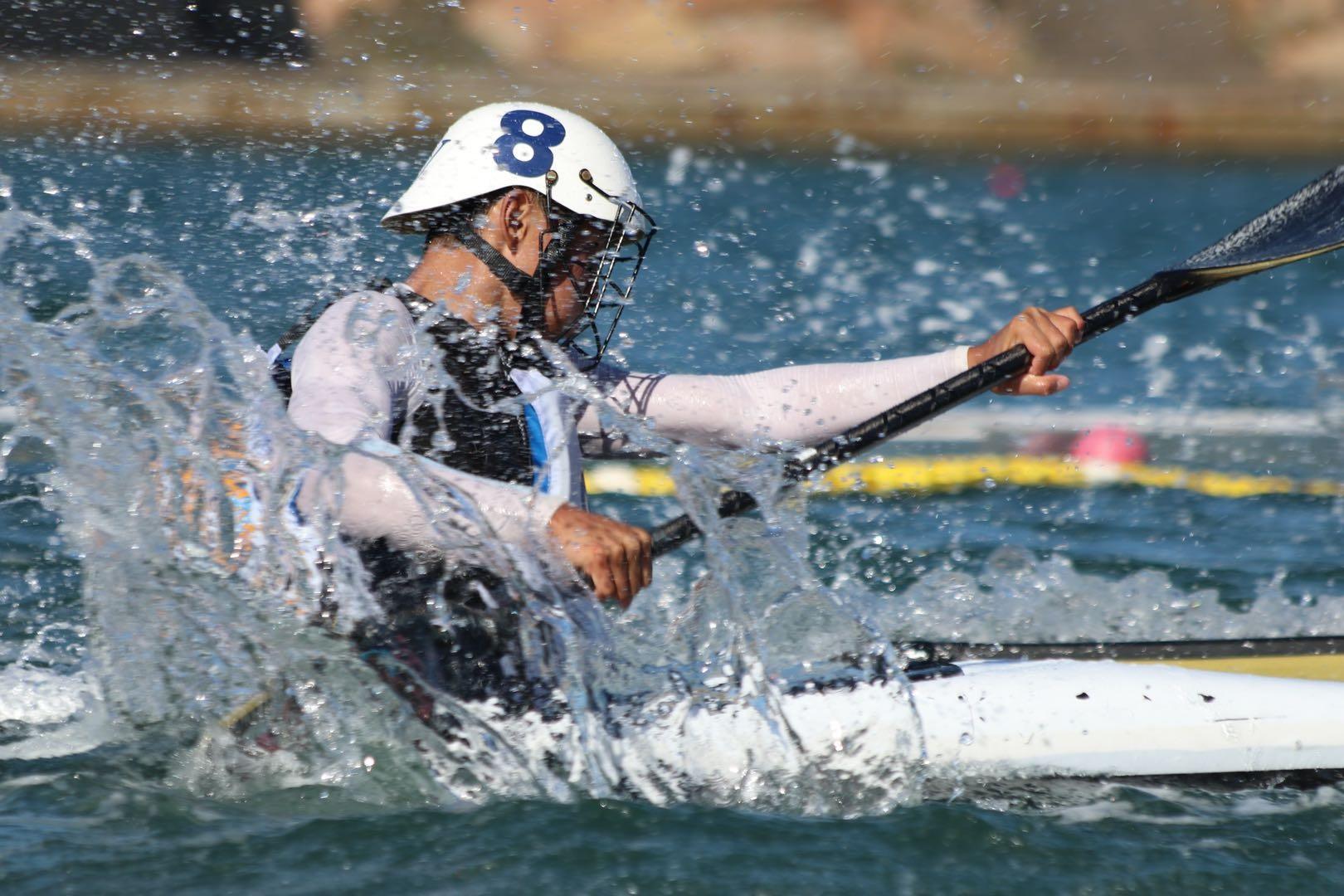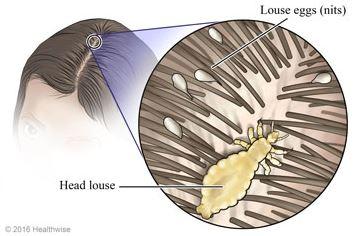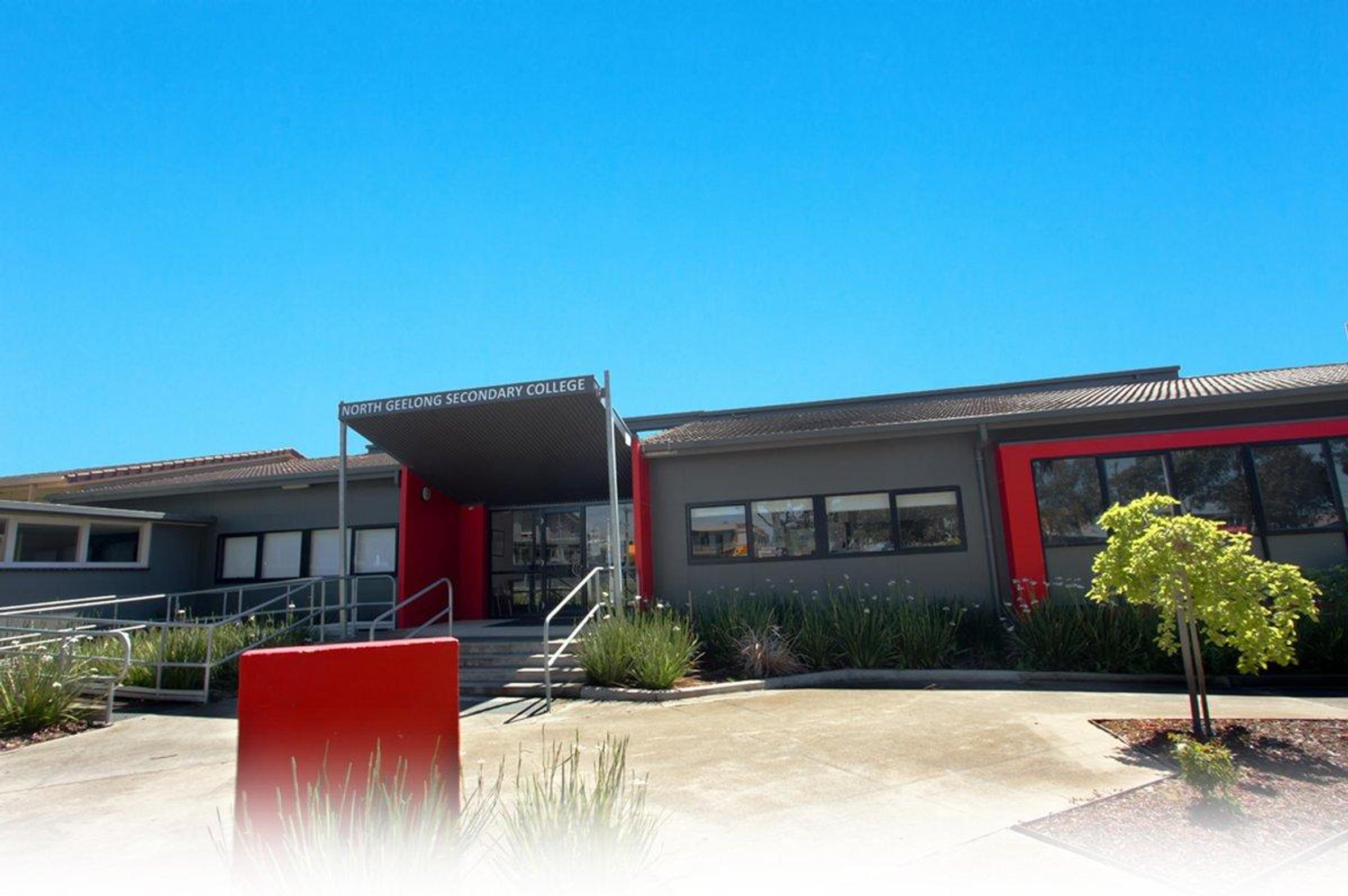
Other School News
Vera Dudas
Multicultural Community Liaison Officer
Multicultural Committee News
Last week the CALD parents group met for the final time this term and were presented with information from Centrelink Multicultural Service Officers Charanbir Singh and Kaled Ajaj. The interactive session provided valuable information about Family Tax Benefit, Child Care Subsidy, myGov and more. The CALD group were very grateful for the opportunity to receive this information via the interactive session held at the school. The CALD group have requested to continue these invaluable sessions which provide the opportunity to build relationships and obtain information from various agencies and organisations within the Greater Geelong community.
On behalf of the Multicultural Committee I wish you all a safe and restful school holidays.
The next Multicultural Committee meeting will be held on Monday, 29 April at lunchtime (12:40 pm) in B4 dining room.
Harmony Day
On Thursday, 21 March, we celebrated Harmony Day. The college was very lucky to have David Rodan speak at assembly, sharing his experience of what it was like to find a sense of belonging through football. We also had former student Maud Qadri speak to us about using the time you have at NGSC to learn about other cultures. The day was celebrated through lunchtime activities including karaoke, face painting and trivia. All money from the casual clothes day was donated to the victims of the Christchurch attack. A big thanks to the SRC and VCAL for their help in making the day a wonderful celebration.
Linda Castle
LOTE Teacher
LOTE Corner
North Geelong Secondary College was visited by students from schools in Matsubara City, Osaka, as part of our International Students Program. They were hosted by members of our school community and joined our students at school from Monday, 25 to Wednesday, 27 March, having arrived in Geelong on Sunday, 24 March. They thoroughly enjoyed participating in the school classes and our Athletics Day, with some students joining in their age group three-legged races with great results. The students were very impressed with our team spirit and the freedom students had to participate in various events and show their support of their Houses.
They also very much appreciated joining in our regular classes and seeing how we learn at North Geelong SC. They had great fun communicating with our Japanese learners in Years 8 and 9.
Tonia Tigani
International Student Coordinator Assistant
The International Student Program
One of North Geelong Secondary College’s, International Students has successfully qualified for the State Team, moving forward into the National Team and, to complete the journey, qualified for the Oceanic Team in “Canoe Polo”. This is an amazing achievement for our student and we wish him the best of luck heading into the Oceanic Title in April.
Head Lice
Head lice have been around for thousands of years. We are never going to be completely rid of them, but we can make managing them easier. Head lice do not have wings so they cannot fly. They can't jump because they do not have ‘knees’. Head lice crawl very fast and require head to head contact for transmission.
An egg requires warmth to hatch and is the reason why they are laid close to the scalp. The further away from the scalp, the less likely they are to survive. Tying back hair can help prevent the spread of head lice. Head lice are not selective. They don't care if hair is long, short, blonde, brown, washed this morning or last week. As long as they are warm, and have blood to drink, then they are content.
There is no single treatment that kills 100% of head lice or eggs. Whichever treatment you choose it can take time and persistence to get rid of head lice.
There is no way to prevent head lice!
It's important to check your child's head regularly with conditioner and comb even when you don’t think your child has head lice. The conditioner and comb method is a very cheap and effective way of finding head lice. Hair conditioner does not kill lice, but it does stun them for about 20 minutes, meaning they do not move around, and it is difficult for them to hang on. This gives you time to comb through the hair with a fine tooth (head lice) comb. Using the conditioner and comb method every week is the best way to detect head lice early and minimise the problem.
If using chemical treatments to treat lice, only use products that are licensed or registered for head lice. There are four different active chemicals that target head lice, each works differently and aims to kill lice and/or eggs. Over time, head lice may develop resistance to some chemicals. It is important to check if a treatment you used has worked, and if not, treat again with another product that has a different chemical in it.
Head lice eggs take six to seven days to hatch. And when you treat, it’s easy to miss an egg or two. By treating again in seven days, you are aiming to kill and comb out any head lice that have since hatched from eggs, which were missed.
It is important to check each family member, using conditioner and comb, for head lice but only treat those with live lice. As head lice only live for a short time off the head, the only extra cleaning needed is to wash the pillowslip on the hot cycle or place in clothes dryer. Head lice combs can be cleaned in water hotter than 60 degrees.
It is a parent or guardian’s responsibility to treat and care for their child.
According to the Public Health and Wellbeing Regulations 2009, children with head lice can be readmitted to school after head lice treatment has commenced. A certificate from a doctor or council is not required before your child goes back to school. Head lice are not the fault of schools, other families or children.
